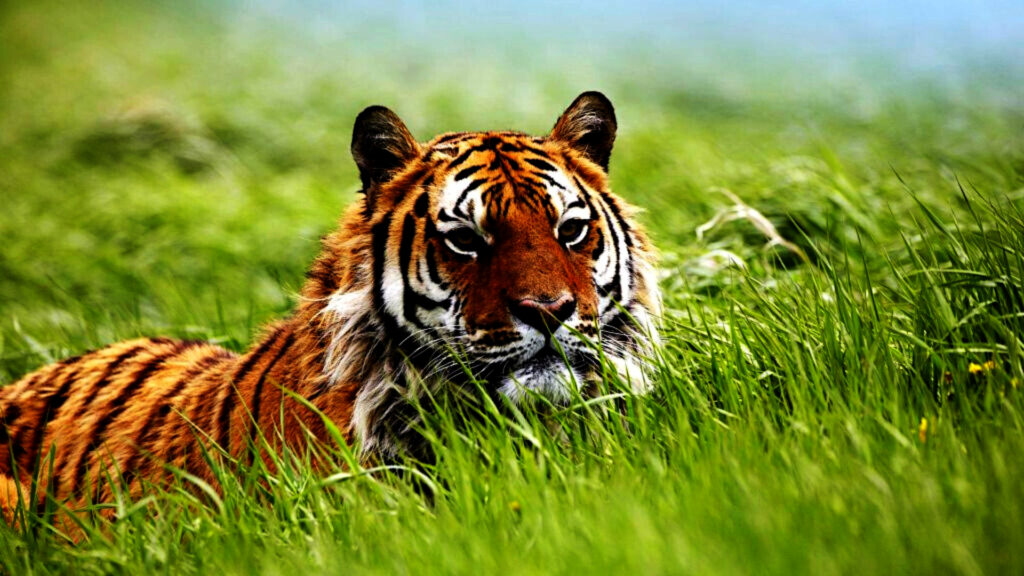
India now has the greatest tiger population in the world, marking an incredible milestone. A recent study found that 3,600 tigers, or 75% of the world’s tiger population, currently reside in India. Given that India has successfully doubled its tiger population in just ten years, this is a noteworthy accomplishment.
These majestic big cats now roam across an area of 138,200 square kilometers, thanks to dedicated conservation efforts. Measures such as protecting tigers from poaching, preserving their habitats, ensuring ample prey, mitigating human-wildlife conflicts, and empowering local communities have played a crucial role in this success.
Lead researcher Yadvendradev Vikramsinh Jhala emphasized that human population density alone is not a threat to tigers—it is people’s attitudes toward conservation that matter. He cited Malaysia as an example, where lower population density has not led to a thriving tiger population.
Economic progress, the report cautions, can be a “double-edged sword.” Tiger habitats are in danger due to growing urbanization and land-use changes, even if sustainable ecotourism promotes conservation. The experts support a well-rounded strategy that fosters rural wealth while avoiding environmental damage.
The success story of India demonstrates how committed conservation efforts may save species while also enhancing biodiversity and the well-being of local residents.
